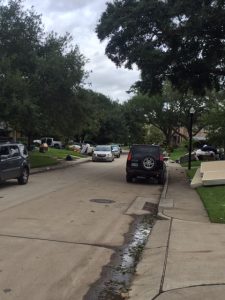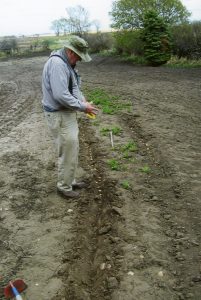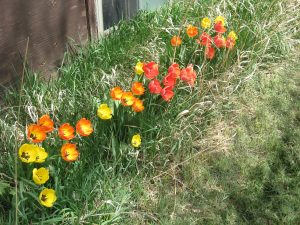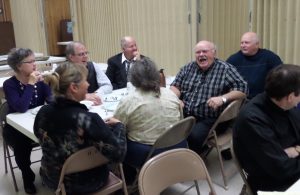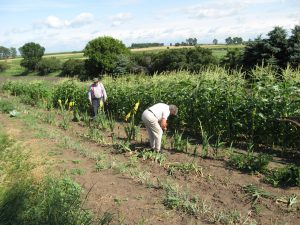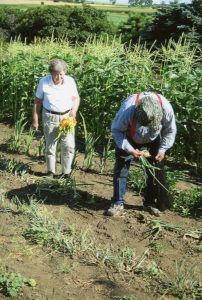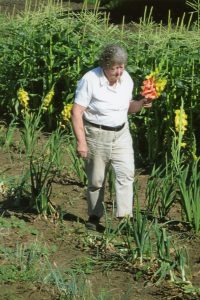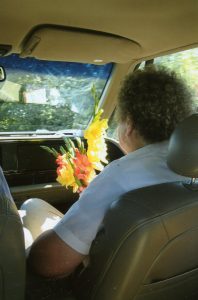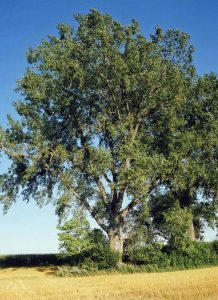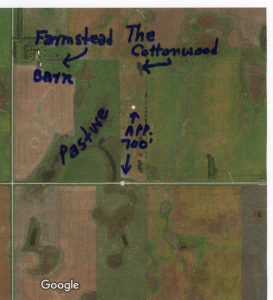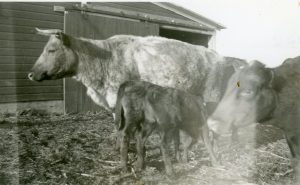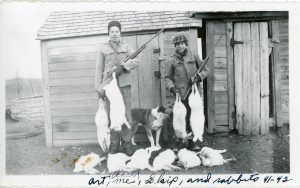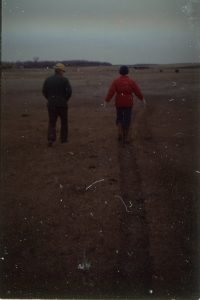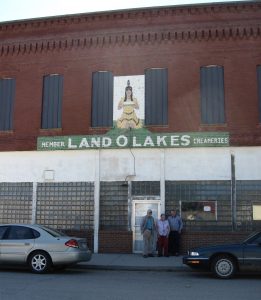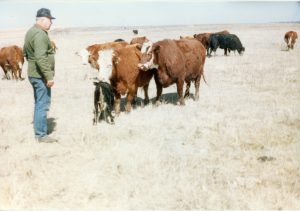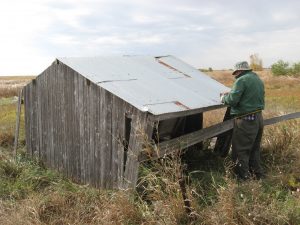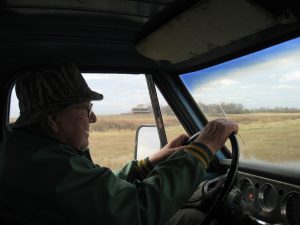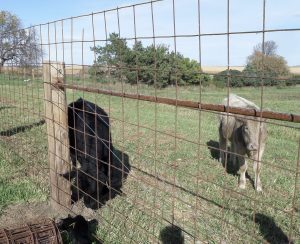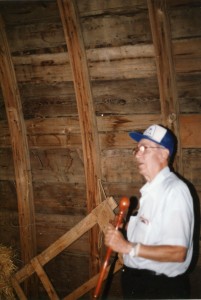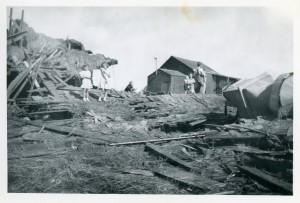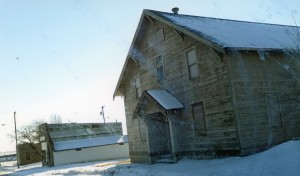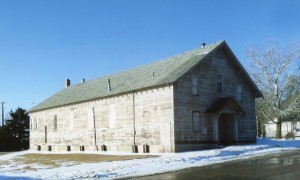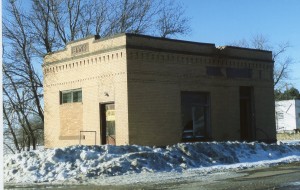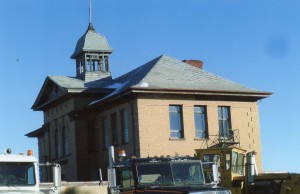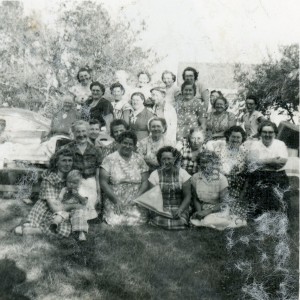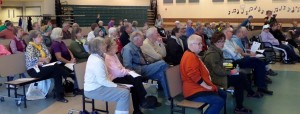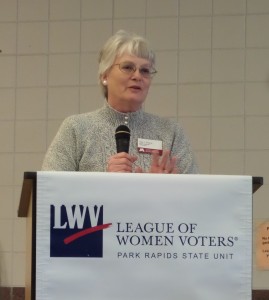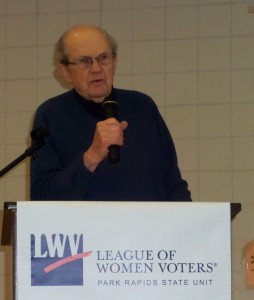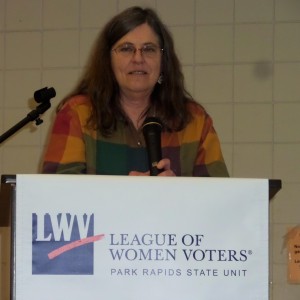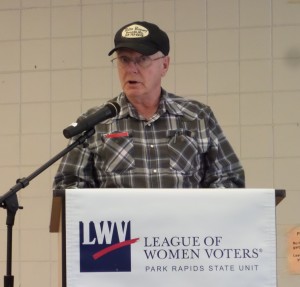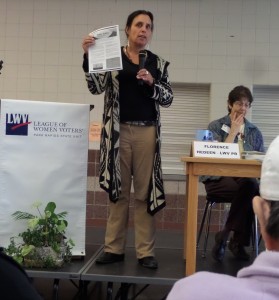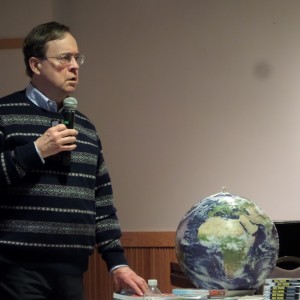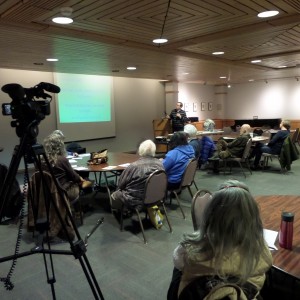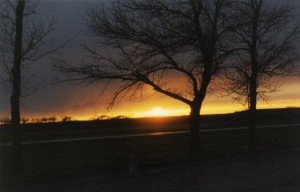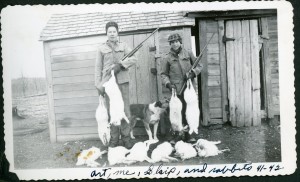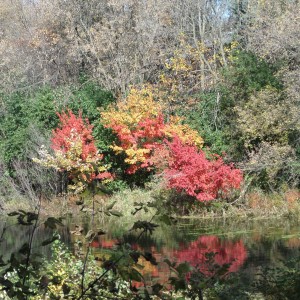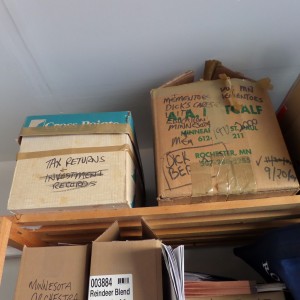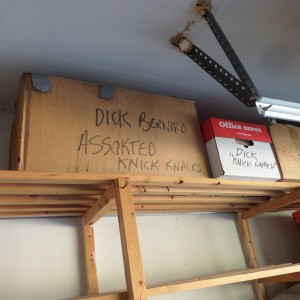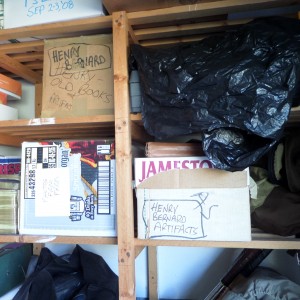“And who is my neighbor?” (Luke 10:25-37) – Houston and TX
UPDATE from Sean, 3:30 a.m. Tue Aug 29 – see end of post
UPDATE from Sean, 2:02 p.m. Wed Aug 30: Have had 4 sets of people randomly walk up to help. Two photos of the street today.
*
Yesterday was a very pleasant day here. There was some rain, but it was of short duration, and gentle, without thunder and lightning or wind. It has been a good year for rain, here. The temperature was perfectly warm. Everyone who likes flowers, and green, would like it here, now.
I noticed such things as I was sitting, visiting, with our elderly friend, Don, on his deck across the street.
A young girl roller-bladed past us on the street below; a young woman was walking her dog, who “met” a neighbor dog across the street. They apparently were friends, just a dog version of “hi, how are you?”. A few obligatory sniffs, no bark, and back to walking.
Back home, an e-mail from my sister, whose son and family – my nephew – live in the Bellaire section of Houston TX, a few blocks from a major bayou. “M” lives in suburban Rochester NY; her daughter and family live in the San Diego area.
3:47 pm. CDT: “Hi all and thanks for the notes…[son and family] are certainly in the midst of what you see on CNN or FOX or wherever. They are in their home but there is significant flooding with water up to the second step. According to [sons] last note about an hour ago (3:34 pm CDT) they had lost power and so cell phone use is pretty limited and I will not be calling for updates. He has said he will text when he can. They do not plan to evacuate – they really cannot evacuate unless by boat. Ironic because they are in a quiet residential area but of course all are in the same situation. They live … about five long block from the bayou. They just moved from their ranch home to the three story a few months ago and that area, [3xxx] Linkwood [Dr], is much messier because it is closer to the bayou and one of the reasons they moved was because of the flooding. It is still raining there. [Daughter-in-Law] had said they were stocked with water and food but of course we hope for the best with them and with all of the neighboring families. I know that you all will keep … family and your own friends and families in your prayers. It is a mess and likely to get worse – It is a real tragedy. I will keep you updated when I can, tornadoes are also a problem in the area. M”
Mary gave me a different address than I had in my address book. I wrote back. She responded at 9:30 p.m.:
“Hi all..it is 3xxx Tartan Lane…Houston. If you google you will see the area is very residential. Not much to do but wait for more news but as far as I know, the family is at home on Tartan Lane. Last I heard around 4:30 PM EDT there was no electricity in the area and the cell phones had lost power. And it is still raining very heavily I suspect as soon as they can be evacuated they will try and get to a hotel as it will be very difficult to stay on Tartan Lane. Long night ahead for everyone in the area. It is going to be hot and humid and even though [my son] had said (at last communication) there was no structural damage to the home, it is flooding and of course their cars were not protected and are probably under water. I will send a note as soon as I hear from them again, in the meantime lots of folks need thoughts and prayers. Unfortunately, they had no idea that this catastrophic flooding would occur in their area. More later…unfortunately. M”
For a time, I sat transfixed to the Weather Channel, one of whose reporters was in the very area where my nephew and family live. The first smatterings of stories were being told.
I wondered who was living in their former home on Linkwood Drive, which was apparently even more vulnerable than theirs.
For me, as for my sister, and the rest of our family, what was very abstract had become very real…and continues to be real, as I write in the middle of this night in suburban St. Paul.
We live in a connected world. The latest tragedy anywhere is connected to us almost instantly, and, usually, it is some tragedy, somewhere…..
But those other events are abstract. Thankfully it’s not me, in my neighborhood. For most of us, today will be a nice day, with assorted but tolerable variations from one home to another to another.
I thought to myself, “who is my neighbor?”
“Everyone”, I answered.
I will add to this post as I receive updated information. Check back.
UPDATES:
5:15 a.m. Monday from M: Note from [daughter-in-laws] mom last evening. Their home is just outside Austin. “[We] are visiting friends in Solana Beach just south of San Diego! We were to return yesterday but rescheduled for Tuesday due to the hurricane. The last I heard was that they are safe and can go to second floor if needed….no power so don’t want to waste power on cell phone. Another family of five showed up at their door and took shelter with them. The water had not entered the house yet but both cars are flooded. That is about all I know now. I will let you know if I get any updates. So far our place [near Austin] is okay according to our neighbor and we have not lost power.
Pray for all
11:47 a.m. Monday from M (Mary) re son and family (Sean): Hi Dick…you do such a nice job with blogs!
Sean did send a brief text this morning stating they are able to remain at home for now and are staying in place on Tartan Lane and that the waters had receded slightly. It is still raining, of course, and there are likely to be community service issues for quite a long time. I would imagine restoration of electrical power is not on the top of the list! They should be fine but certainly there will be a lot of difficulties in the next few weeks and months. It is ironic that I planned to go down to Houston next week and spend some time with the children while Mom and Dad traveled on business…those plans have changed!
It is so true that the probing fingers of tragedy dig quickly and deeply into wide circles – and in the process draw so much diversity closer together. Have a great day – I will keep you updated. M
from Sean, 3:30 a.m. Tue Aug. 29, 2017: I am just seeing this as power was restored late yesterday for us. The damage is incredible and it is not often you see coast guard helicopters and boats doing rescues from your front steps.
Our house made it through with no water and we only lost power for about 36 hours. We were a refuge for never before met neighbors – seven people and two cats – as they saw 4-5 of water enter their homes. The devastation here is only surpassed by the true feeling of community and outreach for support. There is no shortage of people helping, offering to help or the like.
The storm took many by surprise as it escalated from a TS [Tropical Storm] to slow Cat[egory] 4. Friday at lunch time many people were gregariously laughing. Saturday, [our kids] had a swim play date with two friends. 20 hours later one of those friends was being rescued by smashing a hole through a second floor wall to escape the flood waters. We lost a car and a bunch of ancillary items in the garage but the devastation is real – our old house (we moved in June) which we still own and were going to rent or sell – had four + feet of water in it. I have pictures but they are not connected to this computer.
I cannot stress enough that the unselfish assistance being offered at the drop of a hat with no wish for acknowledgment has been refreshing. Community as it should be – working together – not tearing apart. I will never look at another’s tragedy or disaster the same way again.
Thanks for your notes and messages of support. We had our house blessed the day we moved in and the holy water sits on a shelf in the living room. What if we did not move this year, what if we did not bless the house – a lot of what if’s…but we all know where the answer lies – Above.
God bless,
Sean
Sean included a link to Houston Chronicle website, with this note: “…some good photos about the devastation many of these are a number of these are within a mile of our home. Pull up a map and look at Corpus Christi, to Beaumont, to the Woodlands to Katy. It would take about 9 hours to drive the circumference.”
From Sean, in response to question “how can we help?” 4:28 p.m. Tuesday: It is a great question and frankly one we wrestled with down here amongst members of our church group. There are a lot of volunteers and supplies are coming and then logistics get bad, etc. So what do you do? We walked the neighborhood (my street) this afternoon and just started helping people cart stuff out.
So, how does someone help outside of Houston? Well, the Red Cross will be taxed – so volunteer, donate to local chapters in honor of Houston, have your church find a sister church and send supplies directly to them. Financial to Red Cross, etc. But by helping them in other regional areas it will allow them to draw more supplies. That is the best thing I can think of right now. I will come back with more.


